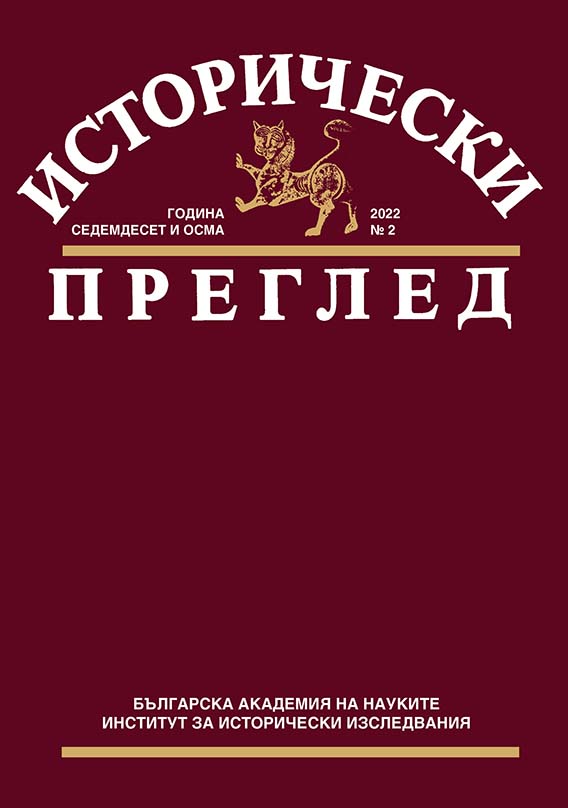Умишлените убийства в България (1944–1989)
Intentional homicides in Bulgaria (1944–1989)
Author(s): Stefan IvanovSubject(s): History, Law, Constitution, Jurisprudence, Criminal Law, Social history, Recent History (1900 till today), WW II and following years (1940 - 1949), Post-War period (1950 - 1989)
Published by: Институт за исторически изследвания - Българска академия на науките
Keywords: intentional murders; People’s Republic of Bulgaria; crimes;
Summary/Abstract: Intentional homicides represent the most objective criterion of the criminal situation. In the conditions of a permanent global decline in their number, Bulgaria also experienced a decrease in the period between 1944 and the second half of the 1950s. However, at the beginning of the 1960s, due to the rapid demographic processes and the radical change in the way of life of Bulgarians, as well as the lack of professionalism in the system of the Ministry of Internal Affairs, where appointments depended upon the Party directives, this favorable trend disappeared. Since then until 1989, the number of the intentional homicides was around 200 per year. The crime rate (murders per hundred thousand citizens) in the People’s Republic of Bulgaria was above the average rate not only in Europe as a whole, but also in other socialist countries. Prevention was rather formal, the number of prevented crimes was traditionally exaggerated in order to demonstrate good results in the fight against crime, and crime detection – although quite high - followed pre-set plans. The work with the criminal intelligence apparatus was underestimated and did not bring sufficiently good results.
Journal: Исторически преглед
- Issue Year: 2022
- Issue No: 2
- Page Range: 58-91
- Page Count: 34
- Language: Bulgarian
- Content File-PDF

